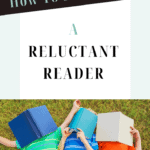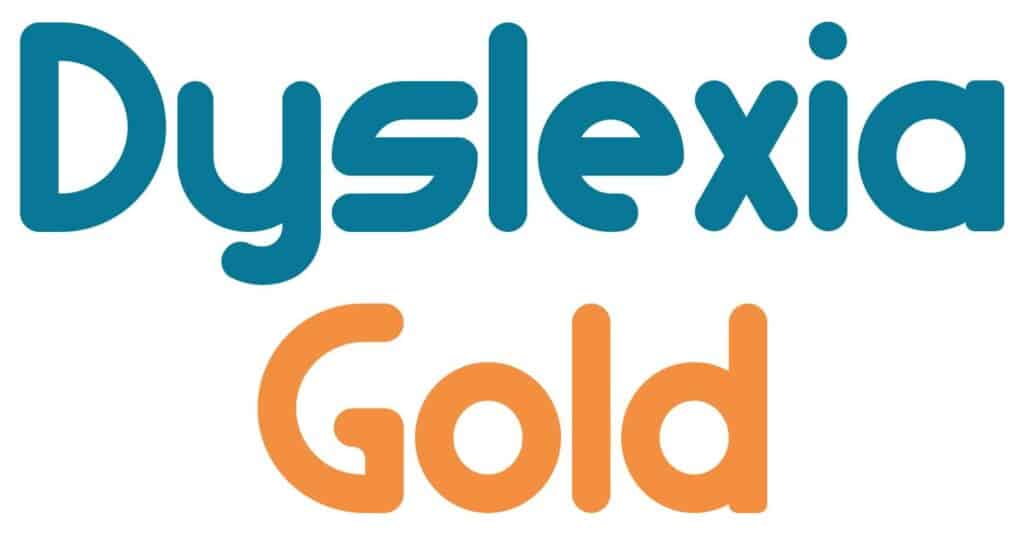How to Homeschool a Reluctant Reader Well
The Fervent Mama uses Affiliate Links. See our disclosure policy here.
Children can struggle to read for a variety of different reasons from vision problems to phonological awareness. Once a child realizes that reading is a struggle they often become a reluctant reader. It’s a hard task that they’d just rather not tackle.
But the ability to read is an essential life skill, it’s not something you can just give up on as a homeschool teacher. It is possible to help those students learn to read. If you homeschool a reluctant reader, here’s what you need to know.
Homeschooling A Struggling Reader

Reluctant Readers Need Extra Time
When homeschooling a reluctant reader, keep an eye on how they move through each subject. Those who struggle to read will move more slowly through every subject because all subjects except math require reading. You can help a struggling reader by allowing for a slower pace, using audiobook versions whenever possible, and providing untimed testing whenever any reading is required.
Untimed testing is a common accommodation for struggling readers in public school and there is no reason you cannot do the same for your student.
You can find audio versions of science texts, history texts, and all required literature to use as you homeschool a reluctant reader. This gives your student more freedom and independence as they get older. You can also read aloud to your student for many subjects if you have the time.
Besides needing more time to finish everything, reluctant readers also need more time practicing reading. One of the best ways to get extra practice reading is to read books that are *below* the actual reading level of the student so that it’s an easier task.
Reading the Bible is also an excellent way to practice reading and can be a wonderful way to approach homeschooling a struggling reader. You can also find online ways to practice and memorize sight words and word families.
Homeschool a Reluctant Reader with a Different Approach
If a traditional method of teaching your student to read isn’t working, it makes sense to try a different approach. Instead of shooting in the dark, try a curriculum specifically designed for struggling readers, such as Dyslexia Gold.

Homeschooling a struggling reader doesn’t mean it’s dyslexia, but a program like Dyslexia Gold can help to address underlying problems by going beyond phonics.
Addressing vision problems like convergence insufficiency and poor tracking as well as auditory problems, like the phonological deficit to build all the skills needed to read- all ways that you can help your reluctant reader.
Look for a program like this, one that provides for a variety of different learning methods, can be the key to cracking the code for your child!
Here are some questions you can ask when looking for a curriculum for homeschooling a struggling reader:
- Is it visually appealing?
- Does it have imagery that will help students?
- Is the video or audio content good quality?
- Are there any hands-on activities recommended in the curriculum?
- How does this curriculum appeal to the five senses?
- How will the curriculum work for your child’s learning style?
The successful dyslexic student eventually learns to read by forming pictures of each word and memorizing that picture. Even after years of work, they won’t ever actually see the letters in the correct order so “sounding out” and other traditional phonics methods will never work.
Trying to force a child with dyslexia to read in the traditional way is an exercise in futility. To help a dyslexic student learn to read, you need to help facilitate the visual memorization process.
Homeschool a Reluctant Reader with a Love for Learning
If you are homeschooling a struggling reader, you will be hard-pressed to convince them to want to read. It’s hard work!
Instead, focus on convincing your child that learning is fun. One of the best ways I have found to do this is to use audiobooks. Turn on an interesting audiobook every time you are in the car. You can find audiobooks at your local library or online for free.
To make sure that stories have the selling power to convince your child that the hard work of reading is worth it, turn off the screens. Screens rob our kids of the motivation to read.
Video appeals to our brains in a different way, similar to a drug, and excessive use can actually do damage. Reading builds brainpower instead of tearing it down. If you want your reluctant reader to read, try limiting screen time.
I’m not saying get rid of it altogether, but what I am saying is that you should use it sparingly and to the benefit of the child.
For example, Dyslexia Gold is an online platform, but it can be beneficial to your struggling reader because it is tailored to students with auditory, visual, and/or other learning disabilities that may hinder them from progress in reading and spelling.

You can also inspire a love of learning by living it. Demonstrate how much you love to learn and grow. Make sure your child sees you off screens reading and learning.
Talk about the things you are studying or researching. Read books for the fun of it. Share your excitement when you learn something new.
Your example as an active learner is a memory your kids will have for a lifetime.
Communicate with your Reluctant Reader
If a child is struggling to read it can affect self-esteem or spill over into other areas of life. For example, a child might be asked to read a Bible verse out loud in Sunday school and become embarrassed.
Make sure to keep the lines of communication open with your reluctant reader and be encouraging. It’s a delicate balance to encourage hard work without making a child feel like he’s not good enough.
Talk about the struggles your child has openly, honestly, but also in a way that builds them up.
Clearly communicate your expectations too. When your student knows exactly what is expected, it sets him or her up for success. If you expect thirty minutes of reading each day, you need to make that clear and then hold the line.
Talk about reading assignments and work out a plan together to make sure the workload is appropriate and your child can meet expectations.
How to Homeschool a Reluctant Reader Well.
With a flexible approach allowing extra time for work, accomodating for the struggling reader in other subject areas, choosing curriculum or methods wisely, inspiring a love of learning and good communication, your struggling reader can learn to read and successfully complete schoolwork.
It helps to have the right components at your fingertips. If you’re looking for the right curriculum or even just a program to help determine if your reluctant reader is being misunderstood, Dyslexia Gold could be your answer!
While most children learn to read easily, around 20% find it hard because they struggle with eye control, phonological awareness, or phonics.
Dyslexia Gold is unique because it teaches all of these skills which are needed to read. Children who find reading hard often have poor eye control, and their eyes wobble when they read.
Dyslexia Gold’s vision training exercises strengthen your eye muscles so you can track smoothly across the page To read you also need to be able to hear that words are made up of sounds, that goat contains 3 sounds (g oa t), children who find reading hard often can’t do this.

Goat just sounds like one sound to them. Dyslexia Gold’s phonological awareness activities train them to hear more clearly. Phonics (Orton Gillingham) is teaching how letters are pronounced, e.g. how oa is pronounced.
Dyslexia Gold is a fantastic learn-to-read program for any child aged 6 – 15.

This is a contributed post for the 2021 How We Homeschool Series.
Learn more about the How We Homeschool Series, contributors, sponsors, and giveaways by heading here.
























